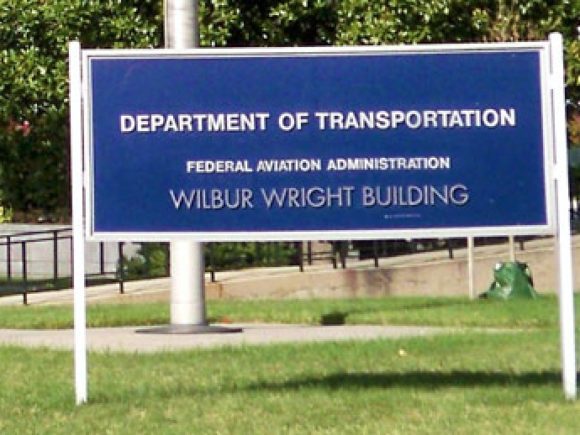Industry forecasts for commercial aircraft show considerable growth over the next two decades, with upwards of 25,000 aircraft to be delivered in most forecasts, the majority of them to accommodate growth. In an unconstrained world, the Asian market, including India and China, will continue to grow at a double digit pace. But when we look at the capacity side of the issue, finding enough airports for these aircraft appears to portend a problem.
China currently has 180 commercial airports, with 82 new airports currently under construction. India has 84 air carrier airports, 62 domestic and 22 international. Brazil has 132 commercial airports in operation, and the United States has 503. Given the vast population differences, comparing these countries on a per-capita basis illustrates the significant difference in aviation infrastructure.
Much of the growth in the aviation forecasts provided by Airbus, Boeing, Bombardier and Embraer all show substantial growth in the Asian markets. While both China and India are upgrading their airport infrastructure through massive projects, it will take some time before they are able to reach the capacity of more developed countries, particularly for domestic routes.
While the major hubs in China and India are comparable in size, or in the case of Beijing, even larger than counterparts in the US in terms of passenger throughput, the major cities do not yet present capacity issues, but will soon do so at current growth rates. 53 of the 180 commercial airports in China have carried more than 1 million passengers over the past year. But the access to the more remote provinces in the country currently without service remains difficult. Some large cities, such as An Yang, considered small by Chinese standards, has a population 7 million people, roughly the population of New York City. Yet there is no commercial air service and the city is difficult to access.
As Chinese hubs become more constrained because of additional feeder airports, will there be adequate capacity to sustain growth in narrow-body aircraft, or will slot and gate constraints force less frequent domestic services utilizing short-range wide bodies? If we extend the current growth curves, Beijing and Shanghai will both require 2 or 3 major airports within the next two decades. Airbus and Boeing aren’t creating “lite” versions of the A330, A350 and 787 without reason, as they can also see the writing on the wall. It is also notable that there haven’t been many neo or MAX orders from China. Perhaps capacity constraints are influencing demand.
In India, Delhi and Mumbai are already quite overcrowded, with circling delays of 1 hour common during peak hours, creating inefficiencies for the domestic network. But as these major cities continue to expand, it is ever more difficult to find a parcel of land suitable for a new airport without displacing people, or moving it far from the city to a less convenient location. Traveling from Mumbai airport into downtown can often take over an hour to travel a few miles on the crowded roadways. While a new airport has been planned at Nuvi Mumbai for the last decade, it seems permanently stuck in limbo given Indian politics. We don’t see much relief in the near future for India.
An alternative, at least in China, is high-speed rail. With the largest high speed rail network in the world, there is pricing pressure on domestic airlines, as rail service is cheaper, and while not quite as fast, often more convenient from a door-to-door perspective. As a result, the yield pressures may make it difficult for China’s domestic airlines to compete without cutting fares, which in turn may spur demand, and can in turn exacerbate capacity issues. Balancing the transportation system in emerging countries will not be an easy task.
The Bottom Line:
If we gaze into our crystal ball to receive an image of the future, we foresee increasing congestion, a lack of slots and a need for increased capacity at major hubs to serve feeder traffic, and a lack of reliever airports near large cities that could handle domestic operations. New York has JFK, LaGuardia, and Newark. London has Heathrow, Gatwick, Stansted and Luton, and is looking at expansion options. Yet Beijing, Shanghai, Delhi and Mumbai each have one major airport, yet larger city populations.
Long term, it simply doesn’t add up, and the growth curves will inevitably come up against constraints. Look for 787s and A350s replacing 737s and A320s in the domestic markets 10-15 years from now, with reduced frequencies and larger aircraft.






More so than A350 and B787 used on short-haul, a specifically designed short-medium haul widebody that doesn’t have design provisions for longer range that it doesn’t use. Such as the Ekojet already proposed by UAC, with China seeming set to join a widebody project of Russia, with further announcements due at MAKS. UAC’s studies supposedly even show that the majority of widebody flights (or flight-miles?) do not use a fraction of their range… this is a niche that is waiting to be scooped up.
High speed rail does not, actually compete. From an economic perspective, unless there are subsidies involved, plane beats train for journeys at lengths of 120-200+ miles. Trains win at 200 miles.
Why? Because airspace does not require expensive maintenance.